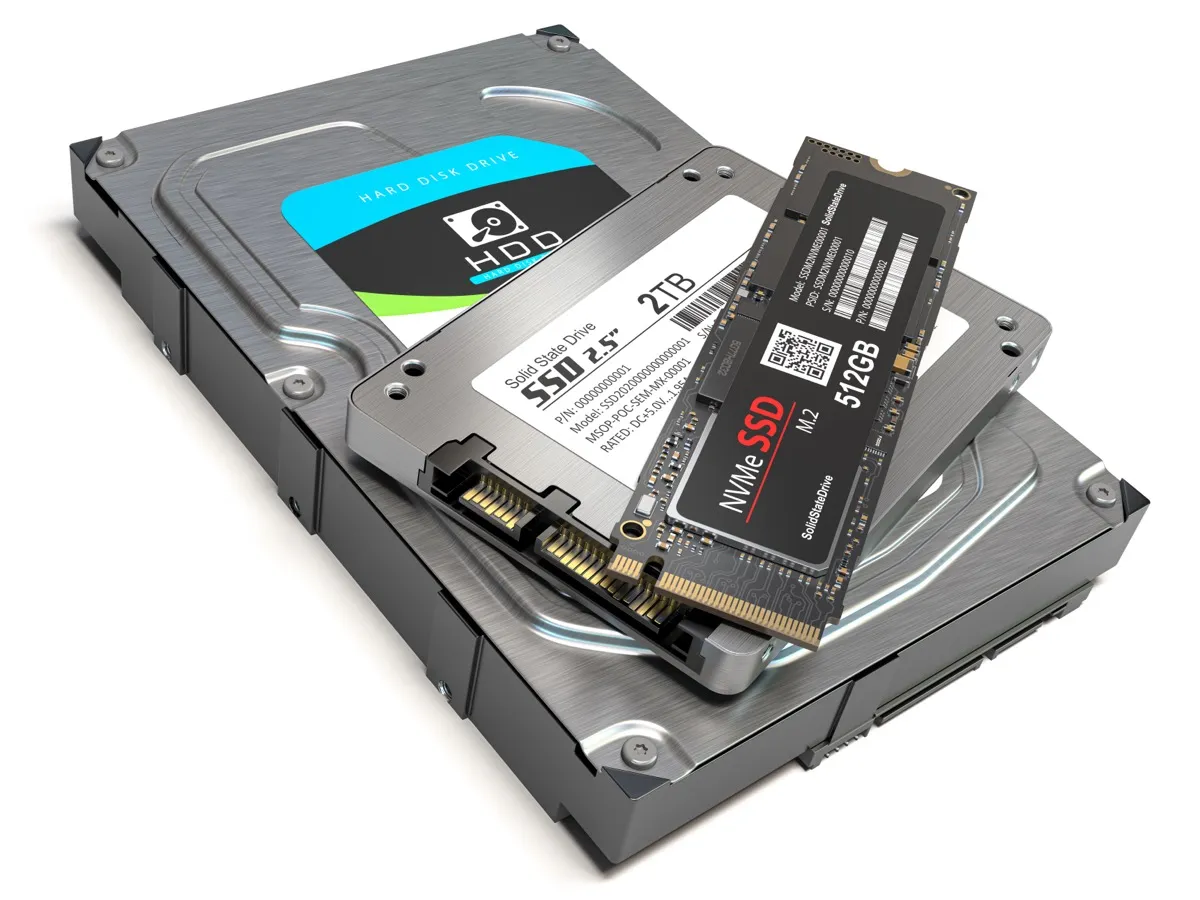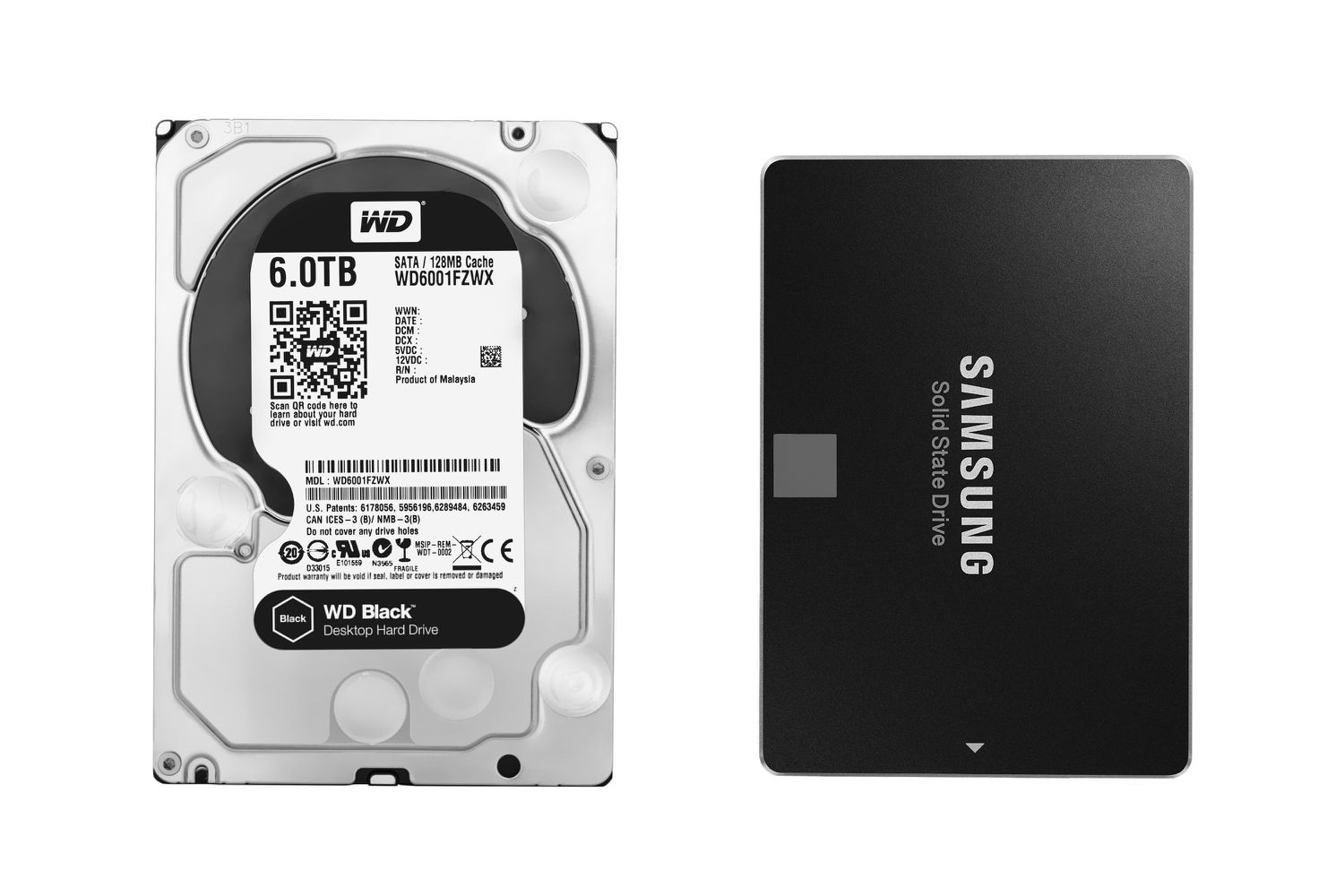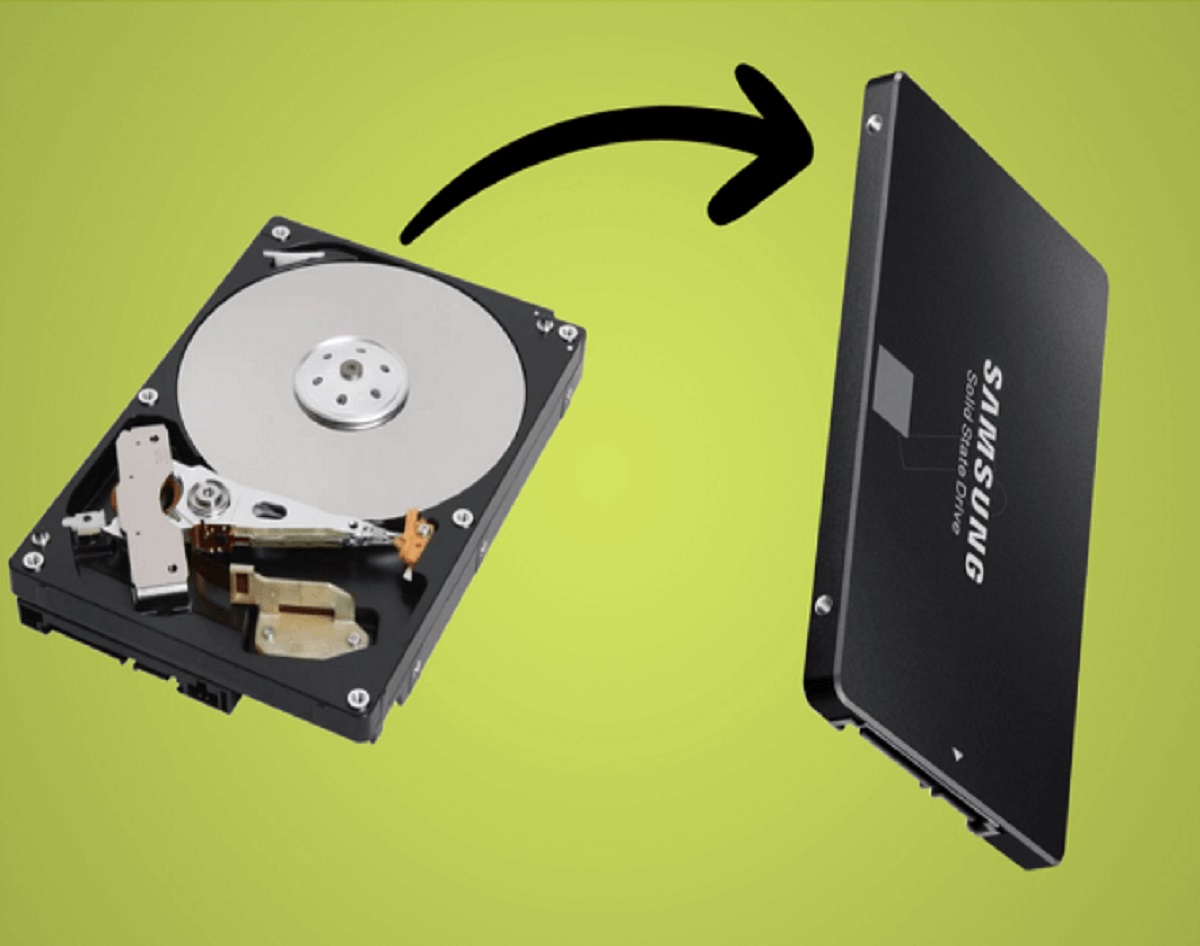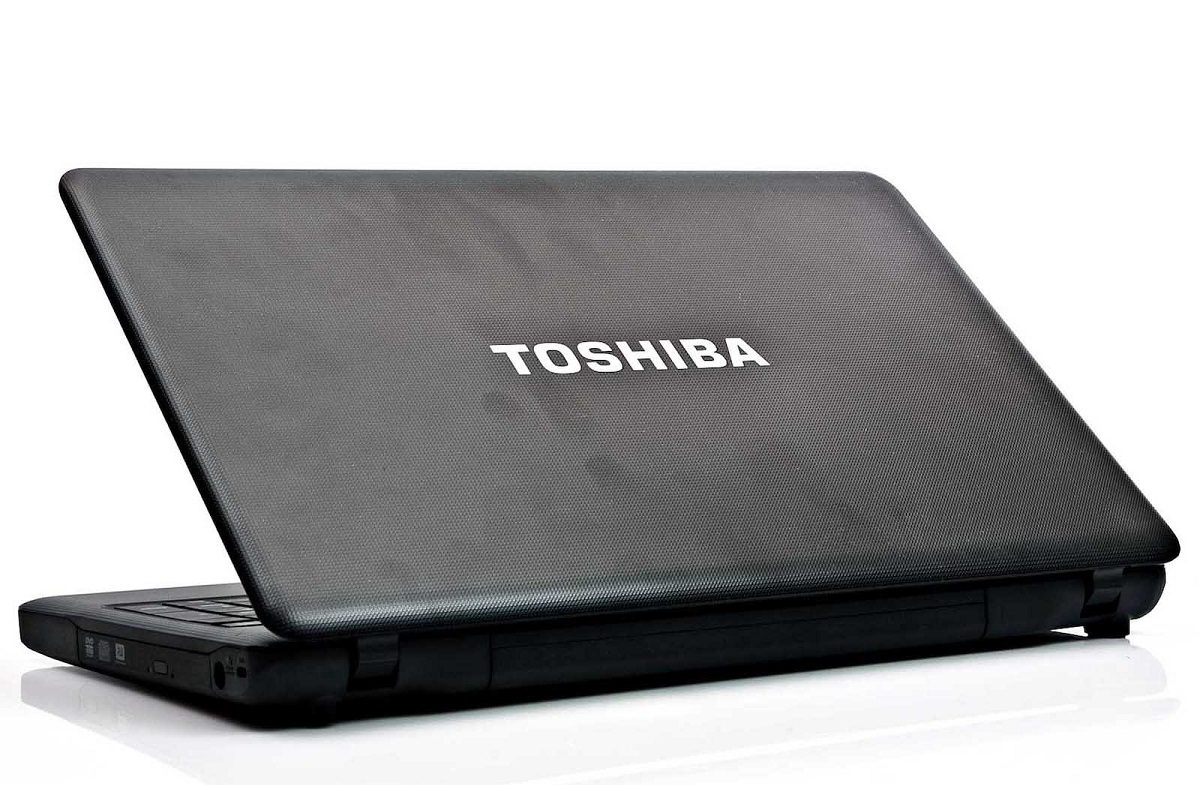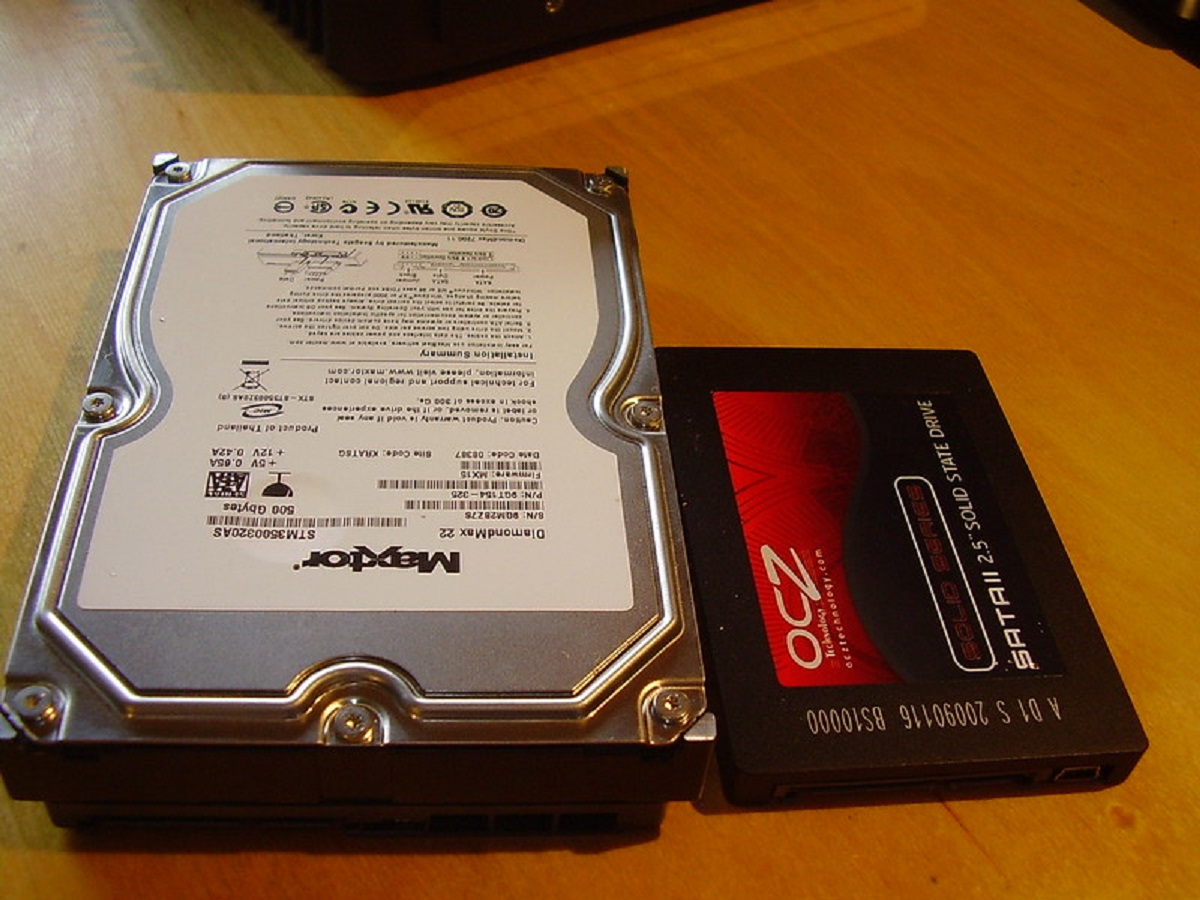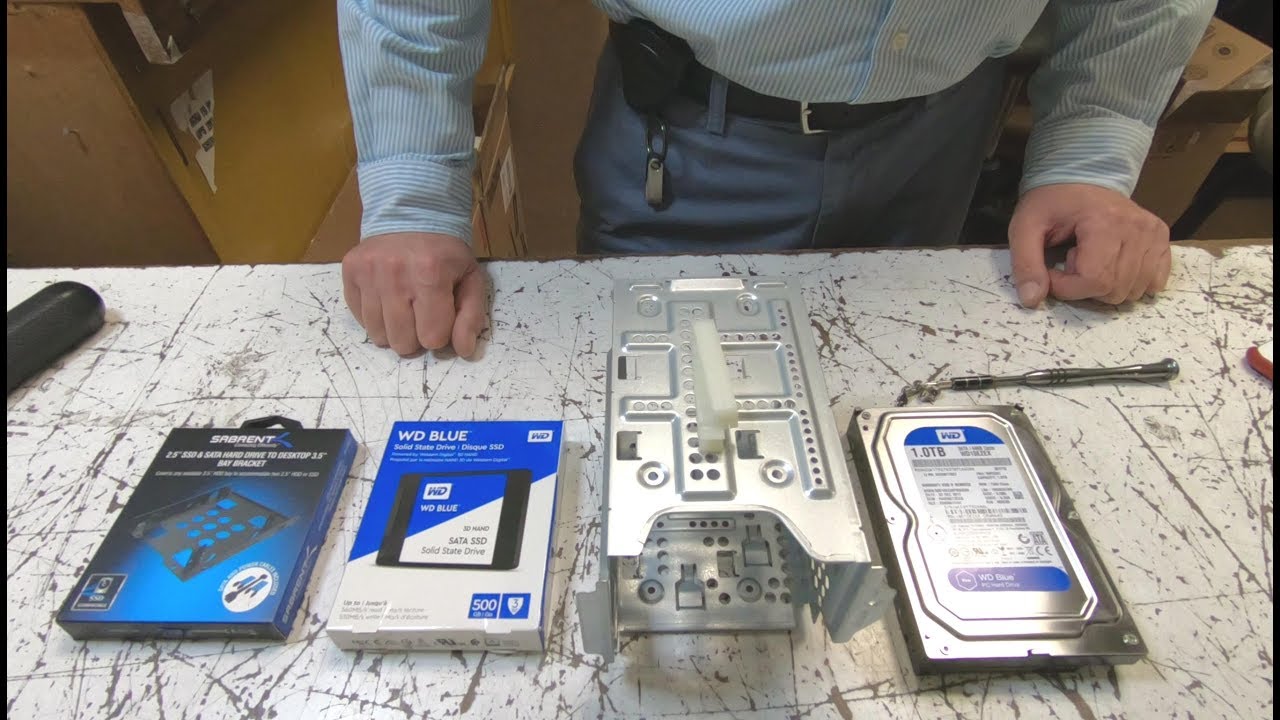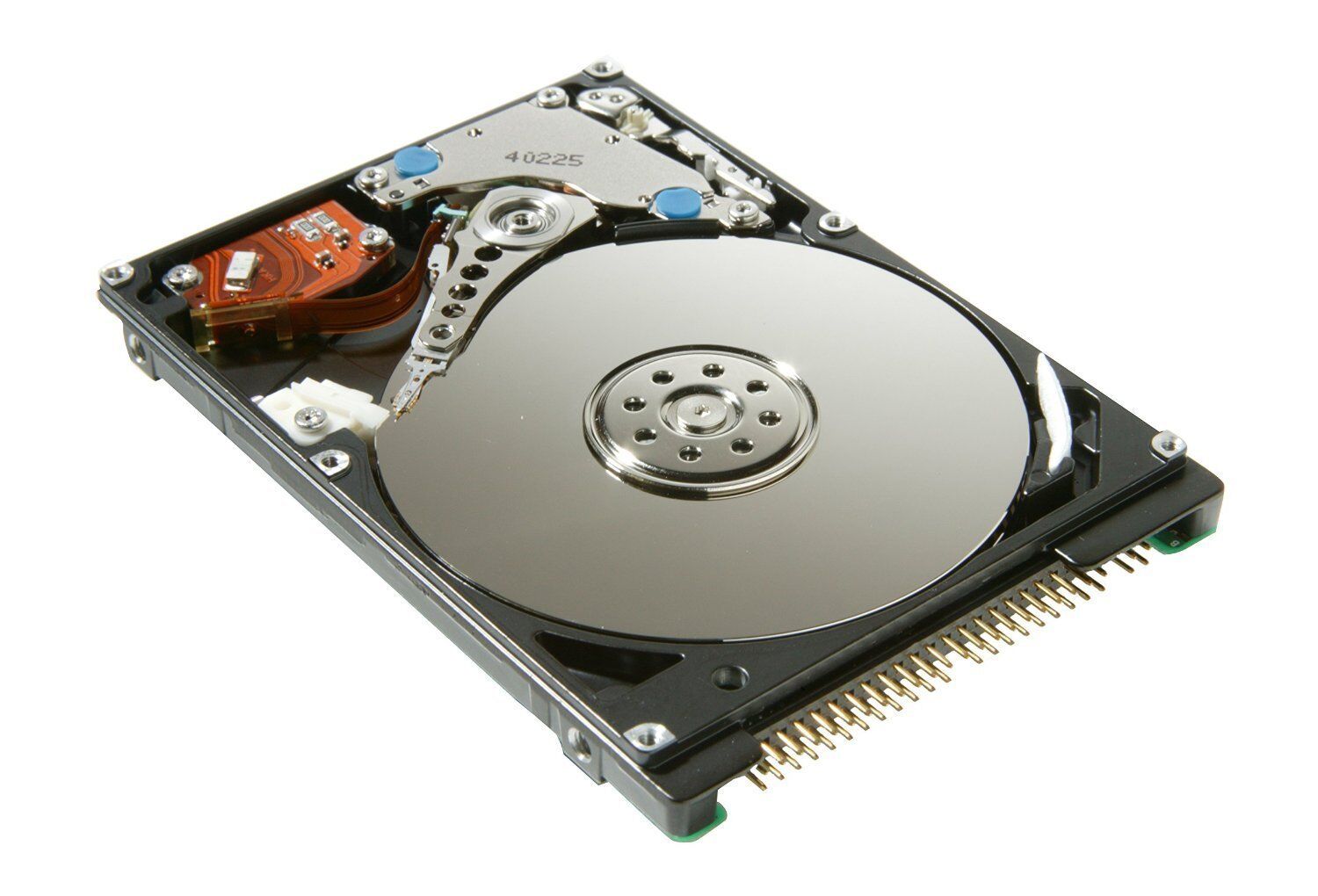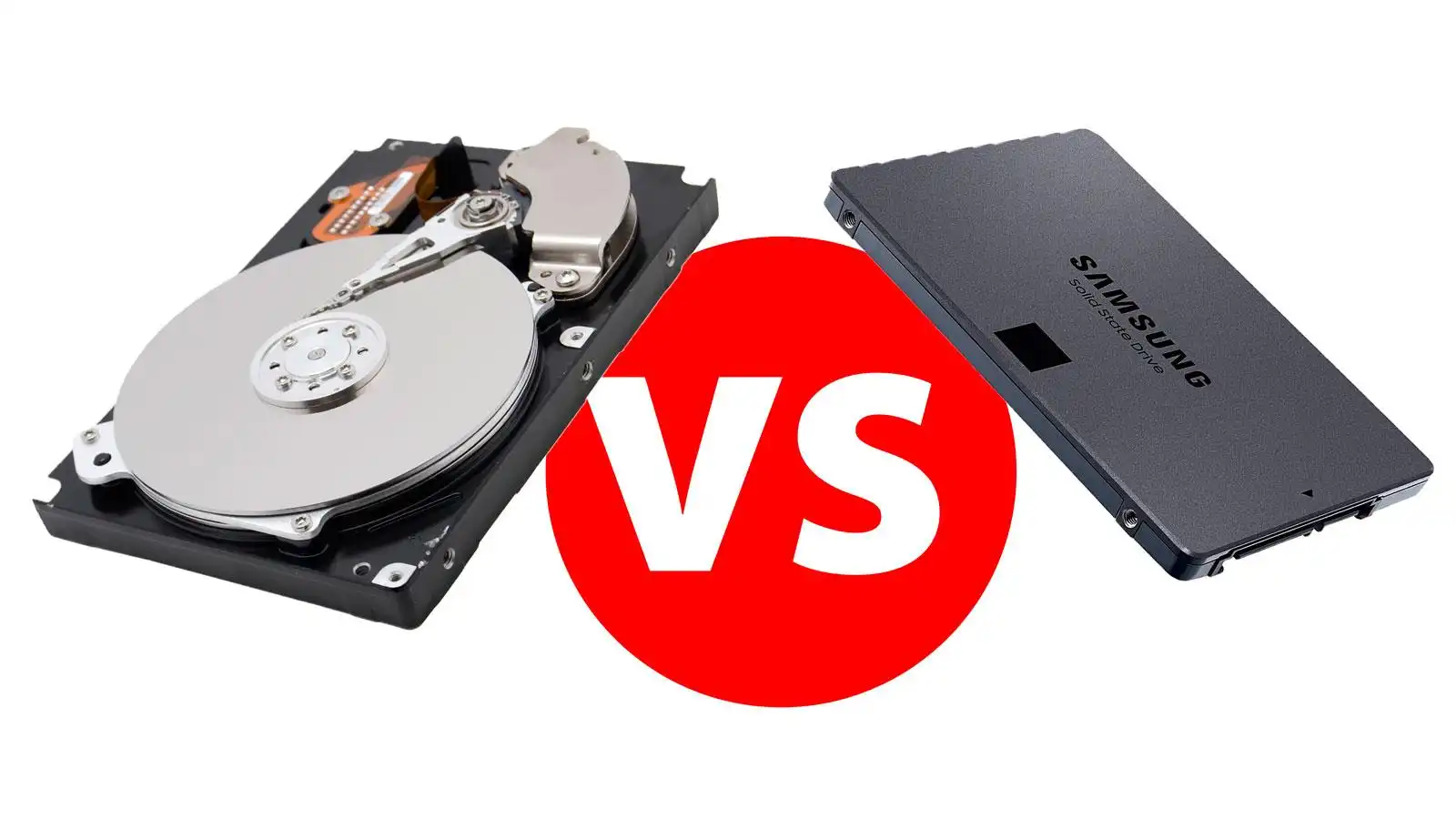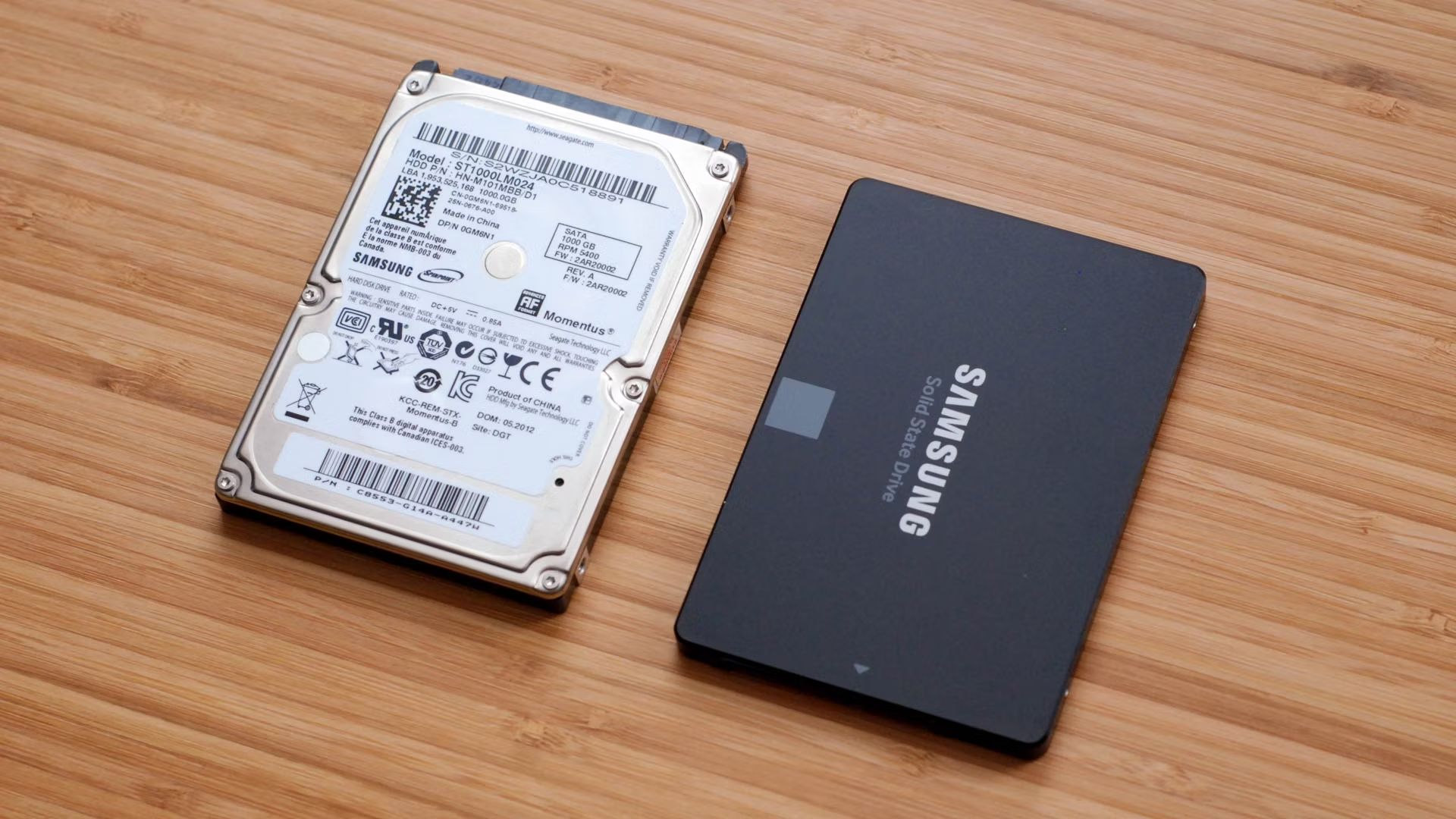Introduction
In today’s digital age, storage technology has advanced significantly, providing us with faster and more reliable options for storing our valuable data. Two primary types of storage devices that have gained popularity are Hard Disk Drives (HDD) and Solid-State Drives (SSD). Both HDD and SSD serve the purpose of retaining data, but they differ in terms of technology, performance, and durability.
In this article, we will explore the differences between HDD and SSD, including how they work, their advantages, disadvantages, and ultimately, which one is better for various use cases.
Before we delve into the specifics of each storage type, it’s important to note that both HDD and SSD play a crucial role in the world of computers, laptops, and digital devices. They store everything from your operating system to your favorite applications, photos, videos, and documents. Without these storage devices, our digital lives would be much more challenging to manage.
Now that we have established the importance of storage devices let’s dive into a detailed comparison of Hard Disk Drives (HDD) and Solid-State Drives (SSD) to understand their inner workings, pros and cons, and the best use cases for each. This knowledge will help you make an informed decision when purchasing a storage device suited to your specific needs.
What is HDD?
A Hard Disk Drive (HDD) is a traditional storage device that has been in use for decades. It consists of one or more spinning magnetic disks (platters) coated with a magnetic material and an arm with read/write heads that moves across the platters to access and store data. The HDD is typically connected to the computer’s motherboard via a SATA or IDE interface.
The storing of data on an HDD occurs through magnetization. The read/write heads detect and modify the magnetic patterns on the platters, allowing data to be read from or written to the disk. The faster the platters spin, the faster data can be accessed. HDDs come in various sizes, with larger capacities commonly found in desktop computers and smaller capacities in laptops and external drives.
Due to their long-standing presence in the market, HDDs offer several advantages. First and foremost, they provide a cost-effective solution for storage, making them a popular choice for those needing large capacities at a lower price per GB. HDDs are available in sizes up to several terabytes, enabling users to store vast amounts of data such as high-definition videos, photos, and extensive software libraries.
HDDs also have the advantage of being widely compatible with various operating systems and devices. Whether you are using a Windows PC, Mac, or Linux machine, HDDs can be easily integrated and accessed. Additionally, many gaming consoles and DVRs rely on HDDs for their storage needs.
While HDDs offer cost-effectiveness and high storage capacities, they also have some drawbacks. The most significant disadvantage is their mechanical nature. The spinning platters and moving read/write heads make HDDs susceptible to wear and tear over time. This mechanical fragility can lead to the failure of the drive and loss of data. Moreover, HDDs are relatively slower in terms of read and write speeds compared to SSDs, which can affect the overall performance of the system.
How does HDD work?
To understand how a Hard Disk Drive (HDD) works, let’s break down the process into three key components: the platters, the read/write heads, and the arm mechanism.
The platters are the circular disks made of aluminum or glass coated with a magnetic material. These platters spin at high speeds, typically ranging from 5,400 to 7,200 revolutions per minute (RPM). The data is magnetically stored on the platters in binary code, where each bit is represented by changing the magnetic polarity on the surface.
The read/write heads are tiny electromagnets located on an armature called the actuator. The read/write heads are responsible for reading data from and writing data to the platters. As the platters spin, the armature positions the read/write heads over the desired location on the platter’s surface.
When data needs to be retrieved, the read/write heads float just above the surface of the spinning platters. The movement of the platters creates an airflow that causes the heads to “fly” over the platter’s surface. This extremely close proximity allows the heads to read the magnetic polarity and convert it into electrical signals.
Similarly, when data needs to be written, the read/write heads change the magnetic polarity on the platters, encoding the desired information using binary code. This process is accomplished by applying an electrical current to the heads, which magnetizes the surface of the platter to represent the data.
The precise movement of the read/write heads across the platters is achieved through the arm mechanism. The actuator arm is controlled by a motor that positions the read/write heads accurately. The movement is controlled by a servo system that uses feedback from the heads to adjust the position and maintain alignment with the desired track on the platters.
Overall, the HDD operates on the principles of magnetism and precise mechanical movement. The spinning platters, read/write heads, and the arm mechanism work together to ensure data is stored, retrieved, and written on the magnetic surface of the hard disk.
Advantages of HDD
Hard Disk Drives (HDDs) offer several advantages that make them a popular choice among users who require high-capacity storage at an affordable price. Let’s explore some of the key advantages of HDDs:
- Cost-effective: One of the primary advantages of HDDs is their cost-effectiveness. HDDs provide a lower price per gigabyte compared to Solid-State Drives (SSDs), making them an attractive option for users on a tight budget or those who need large storage capacities.
- High storage capacities: HDDs are available in a wide range of capacities, from a few hundred gigabytes to multiple terabytes. This allows users to store a vast amount of data, including large video libraries, extensive software collections, and data-intensive applications.
- Widespread compatibility: HDDs are compatible with almost all computers, operating systems, and devices. Whether you’re using a Windows, macOS, or Linux system, HDDs can be easily connected and recognized, making them a flexible storage solution.
- Familiar technology: HDDs have been in use for many years and are a familiar technology to most users. This familiarity translates to a wide range of available options, information, and support for troubleshooting and maintenance.
- Long lifespan: When properly maintained, HDDs can last for several years. With regular backups and avoiding physical damage, HDDs can provide reliable storage for an extended period, ensuring your data remains intact.
HDDs are particularly suited for users who require large storage capacities, such as multimedia enthusiasts, content creators, and gamers. Additionally, businesses that need to store vast amounts of data, including backups and archival purposes, may benefit from the cost-effective nature of HDDs.
It’s important to consider your specific storage needs when choosing between an HDD and an SSD. If affordability, high storage capacity, and widespread compatibility are of utmost importance, an HDD may be the best choice for you.
Disadvantages of HDD
While Hard Disk Drives (HDDs) have their advantages, there are also several disadvantages to consider when comparing them to Solid-State Drives (SSDs) and other storage options. Let’s explore some of the key disadvantages of HDDs:
- Mechanical components: HDDs consist of spinning platters and moving read/write heads, which make them more susceptible to mechanical failure. The constant movement and physical contact increase the risk of damage and data loss, especially in situations such as drops or sudden shocks.
- Slower speeds: Compared to SSDs, HDDs have slower read and write speeds. The spinning platters and mechanical operations inherently introduce latency, resulting in longer access times. This can lead to slower system boot times, application load times, and file transfer speeds.
- Noise and vibration: Due to the mechanical components, HDDs produce noise and vibrations while in operation. This can be bothersome in quiet environments or for users seeking a quieter computing experience.
- Power consumption and heat generation: HDDs consume more power and generate more heat compared to SSDs. The spinning platters and actuator motor require energy to operate, which can contribute to higher electricity bills and increased heat levels within the system.
- Limited durability: The mechanical nature of HDDs means they are more prone to wear and tear over time. The spinning of platters and constant movement of read/write heads can eventually lead to mechanical failures and data loss. It is important to have regular backups to mitigate the risk of data loss.
It is worth noting that as technology advances, HDD manufacturers have made significant improvements to address some of these disadvantages. However, in comparison to SSDs, HDDs still have inherent limitations due to their mechanical design.
Despite these limitations, HDDs still have their place in the storage market. They remain a cost-effective option for users who prioritize high storage capacities over speed and durability. HDDs are often used in desktop computers, data centers, and applications where large storage needs are essential.
When considering an HDD, it is crucial to evaluate your specific needs. If speed, durability, and energy efficiency are important to you, or if you require a storage solution for portable devices, an SSD may be a more suitable choice.
What is SSD?
Unlike traditional Hard Disk Drives (HDDs), Solid-State Drives (SSDs) are a newer type of storage technology that has gained popularity due to their significant performance improvements. An SSD is a non-volatile storage device that uses flash memory to store and retrieve data. Instead of relying on spinning platters and mechanical components, an SSD utilizes electronic circuits to store data.
The data in an SSD is stored in semiconductor cells that retain information even when the power is turned off. These cells consist of floating-gate transistors that can be electrically programmed and erased. The SSD controller manages these cells, organizing and retrieving data quickly and efficiently.
SSDs come in various form factors, including 2.5-inch drives similar to HDDs, as well as smaller formats like M.2 and PCIe cards, which are commonly used in laptops and ultrabooks. The capacity of SSDs has increased significantly over the years, with options ranging from a few hundred gigabytes to multiple terabytes.
The use of flash memory in SSDs provides several advantages over HDDs. One of the most notable benefits is the incredibly fast read and write speeds, resulting in faster boot times, quicker application launches, and enhanced overall system responsiveness. SSDs can significantly reduce data transfer and loading times, making them ideal for users who require swift access to data.
Another advantage of SSDs is their durability. Since there are no moving parts in an SSD, there is less risk of mechanical failure. This makes SSDs more resistant to physical shocks and drops, reducing the chances of data loss due to drive failure.
Moreover, SSDs consume less power compared to HDDs, resulting in lower energy consumption and extended battery life for laptops and portable devices. The absence of moving parts also means that SSDs operate silently, contributing to a quieter computing experience.
While SSDs offer significant performance advantages, they do come at a higher cost per gigabyte compared to HDDs. However, the price of SSDs has been steadily decreasing over time, making them more accessible for consumers.
SSDs are suitable for a wide range of applications, including gaming, multimedia, content creation, and professional tasks that require high-speed data access. They are especially beneficial for portable devices where speed, durability, and power efficiency are essential.
In the next sections, we will explore the inner workings of SSDs, their advantages, disadvantages, and compare them to HDDs to determine which storage technology is better suited for specific use cases.
How does SSD work?
Understanding how a Solid-State Drive (SSD) works requires a closer look at its internal components and the technology it employs. Unlike traditional Hard Disk Drives (HDDs), SSDs use flash memory to store and retrieve data, resulting in significant performance improvements. Let’s explore the inner workings of an SSD:
1. Flash memory: The key component of an SSD is the flash memory, which consists of NAND or NOR memory cells. These cells use semiconductor transistors to store data as electrical charges. The cells store binary data, with a charged cell representing a 1 and an uncharged cell representing a 0.
2. Controller: The SSD controller acts as the brain of the storage device. It manages the flash memory cells and handles data transfers between the drive and the system. The controller communicates with the system through an interface, such as SATA or PCIe, enabling seamless data flow.
3. Wear leveling: Since flash memory cells have a limited lifespan in terms of write cycles, wear leveling is implemented in SSDs to distribute data evenly across the memory cells. This ensures that each cell is used roughly the same number of times, preventing premature wear and extending the overall lifespan of the drive.
4. Read and write operations: When data needs to be read, the SSD controller sends a signal to the specific memory cells that contain the requested data. The controller then retrieves the electrical charges from those cells and converts them into digital data that can be transferred to the system for processing.
Similarly, when data needs to be written, the controller sends the electrical charges to the appropriate memory cells to store the new information. As the data is written, the existing charges in the targeted cells are erased, ensuring accurate and efficient write operations.
Overall, the absence of moving parts in an SSD allows for ultra-fast access times. The lack of mechanical processes eliminates the seek time and rotational latency associated with HDDs, resulting in significantly reduced data transfer delays.
SSDs bring several notable advantages over HDDs. They offer lightning-fast read and write speeds, making them ideal for tasks that require quick data processing. The lack of mechanical components also improves durability, enabling SSDs to withstand physical shocks better. Additionally, SSDs consume less power, providing energy efficiency and extended battery life for portable devices.
With their rapid data access, reliability, and power-efficiency, SSDs have become increasingly popular in a wide range of applications, including gaming, multimedia editing, and professional workloads. However, it’s important to consider the cost per gigabyte when selecting a storage solution, as SSDs generally come at a higher price compared to HDDs.
Advantages of SSD
Solid-State Drives (SSDs) offer a multitude of advantages over traditional Hard Disk Drives (HDDs) that make them a highly sought-after storage option. Let’s explore the key advantages of SSDs:
- Lightning-fast performance: One of the most significant advantages of SSDs is their impressive speed. SSDs have faster read and write speeds compared to HDDs, resulting in reduced boot times, quicker application launches, and seamless multitasking. With an SSD, you can experience a significant improvement in overall system responsiveness and data transfer rates.
- Improved durability: Unlike HDDs, SSDs have no moving parts, making them more resistant to physical shocks, vibrations, and accidental drops. This durability makes them highly reliable and less prone to damage, resulting in a lower risk of data loss or drive failure.
- Energy efficiency: SSDs consume less power compared to traditional HDDs. The absence of mechanical components allows SSDs to operate efficiently, resulting in lower energy consumption and extended battery life for laptops and portable devices. Additionally, the reduced power usage contributes to less heat generation, resulting in a cooler and quieter computing environment.
- Silent operation: The absence of moving parts in SSDs eliminates the noise associated with mechanical operations, making SSDs virtually silent during use. This contributes to a quieter computing experience, which can be beneficial for users who value a peaceful working or gaming environment.
- Compact and lightweight: SSDs are smaller and lighter compared to HDDs, making them an excellent choice for portable devices such as laptops and ultrabooks. Their compact size allows for more flexibility in terms of design and enables manufacturers to create slimmer and lighter devices without compromising storage capacity.
- Improved file access and multitasking: The faster read and write speeds of SSDs result in enhanced file access times, enabling quicker retrieval of data. This can be particularly beneficial when working with large files, editing multimedia content, or running resource-intensive applications. SSDs also excel at multitasking, allowing for smooth simultaneous operations with minimal performance degradation.
With their exceptional speed, reliability, energy efficiency, and compact form factor, SSDs have become the storage solution of choice for users seeking high-performance computing. They are particularly well-suited for tasks that require quick data access, such as gaming, content creation, multimedia editing, and professional workloads.
However, it’s important to note that SSDs generally come at a higher cost per gigabyte compared to HDDs. Therefore, it is crucial to evaluate your storage needs and budget when considering an SSD for your system, balancing the advantages they offer with the associated investment required.
Disadvantages of SSD
While Solid-State Drives (SSDs) offer numerous advantages, it’s essential to consider their disadvantages when making a storage decision. Let’s explore some of the key downsides of SSDs:
- Higher cost per gigabyte: One of the primary disadvantages of SSDs is their higher cost compared to traditional Hard Disk Drives (HDDs). SSDs generally come at a higher price per gigabyte, making them a less cost-effective option for users who require large storage capacities.
- Limited storage capacity: While the storage capacity of SSDs has been increasing, they still typically offer smaller capacities compared to HDDs. SSDs with higher capacities tend to be more expensive, which may limit the available options for users with extensive storage requirements.
- Write endurance limitations: Each cell in an SSD can endure a finite number of write cycles before it becomes unreliable. While modern SSD technology has significantly improved endurance, excessive write operations over time can lead to performance degradation and eventual failure of individual cells. However, most consumer-grade SSDs have a lifespan that exceeds the typical usage period for personal computers.
- Performance degradation with capacity usage: As SSDs fill up with data, their performance can experience a decline. This is particularly noticeable in older models or SSDs operating close to full capacity. It is recommended to leave a portion of the SSD unallocated or consider higher-capacity drives to mitigate this performance degradation.
- Complex data recovery: In the event of data loss or drive failure, recovering data from an SSD can be more challenging compared to HDDs. Due to the way SSDs manage and store data, specialized techniques and tools may be required, which can make the recovery process more complicated and potentially more costly.
- Limited compatibility: Although SSDs have become increasingly compatible with various systems and devices, there are still instances where compatibility issues may arise. Some older systems or configurations may not support certain SSD models, requiring additional research or potential system upgrades to ensure proper compatibility.
Despite these disadvantages, SSDs continue to gain popularity due to their impressive performance, reliability, and energy efficiency. They are well-suited for tasks that require fast data access, such as gaming, content creation, and high-demand computing environments.
When considering an SSD, it’s important to assess your specific needs, budget, and the trade-offs involved. Balancing the advantages and disadvantages will help determine if an SSD is the right choice for your storage requirements.
HDD vs SSD: Which one is better?
Choosing between a Hard Disk Drive (HDD) and a Solid-State Drive (SSD) depends on several factors and your specific needs. Let’s compare the two storage technologies to help determine which one is better suited for your requirements:
Performance: When it comes to performance, SSDs have a clear advantage. SSDs offer faster read and write speeds compared to HDDs, resulting in quicker data access, faster boot times, and improved overall system responsiveness. If speed is a top priority for your tasks, such as gaming, multimedia editing, or running resource-intensive applications, an SSD will provide a significant performance boost.
Capacity: HDDs tend to offer larger storage capacities compared to SSDs, especially for higher capacities at a more affordable price per gigabyte. If you require a vast amount of storage space for large media libraries, extensive software collections, or data-intensive applications, an HDD may better cater to your needs.
Durability: SSDs have the advantage of being more durable than HDDs. The absence of moving parts in SSDs makes them less prone to mechanical failures and damage from physical shocks or drops. If you need a storage solution that can withstand rough handling or operates in environments where vibrations or shocks are common, an SSD is a more reliable choice.
Energy Efficiency: SSDs consume less power compared to HDDs. The absence of mechanical components and the efficient flash memory technology used in SSDs result in lower energy consumption, leading to extended battery life for laptops and reduced electricity bills. If energy efficiency and longer battery life are important factors for you, SSDs offer a clear advantage.
Noise and Heat: As SSDs have no moving parts, they operate silently, generating no noise during operation. HDDs, on the other hand, produce noise and vibrations due to their mechanical components. Additionally, SSDs produce less heat compared to HDDs, contributing to a cooler and quieter computing environment.
Price: Price is often a determining factor when choosing between HDDs and SSDs. HDDs typically offer higher storage capacities at a more affordable price per gigabyte. On the other hand, SSDs come at a higher cost per gigabyte but offer faster performance and increased durability. Assessing your storage needs and budget will help determine which option provides the best value for your particular use case.
In summary, SSDs excel in performance, durability, energy efficiency, and silent operation. They are ideal for users who prioritize speed, reliability, and power efficiency. HDDs, on the other hand, offer larger storage capacities at a more affordable price and are suitable for users who require vast storage space on a limited budget.
Ultimately, the decision between HDD and SSD depends on your specific needs, budget, and priorities. Evaluating these factors will guide you in determining which storage technology is better suited to enhance your computing experience and meet your requirements.
Conclusion
When it comes to choosing between a Hard Disk Drive (HDD) and a Solid-State Drive (SSD), it’s essential to consider your specific needs, budget, and priorities. Each storage technology offers its own advantages and disadvantages.
HDDs are known for their cost-effectiveness, larger storage capacities, and widespread compatibility. They are a reliable choice for users who require vast storage space at an affordable price. HDDs are suitable for tasks that do not demand high-speed data access and can withstand potential mechanical wear and tear.
On the other hand, SSDs offer exceptional performance, enhanced durability, energy efficiency, and silent operation. With faster read and write speeds, SSDs excel in delivering swift data access, reducing boot times, and enhancing system responsiveness. They are ideal for gaming, multimedia editing, and resource-intensive applications where speed and reliability are crucial.
While SSDs generally come at a higher cost per gigabyte, their affordability has been improving over time. As their popularity increases, the price gap between SSDs and HDDs is narrowing, making SSDs a more compelling option for a broader range of users.
In conclusion, the choice between HDD and SSD ultimately depends on your individual needs and budget. If you require large storage capacities and are cost-conscious, an HDD may be the better choice. However, if you prioritize speed, durability, and energy efficiency, an SSD offers significant performance advantages that can greatly enhance your computing experience.
Take into consideration the tasks you perform, the amount of data you need to store, and the budget you have available. Assessing these factors will guide you in making an informed decision and selecting the storage technology that best suits your specific requirements.
Remember, both HDDs and SSDs play an important role in the world of storage. With their unique characteristics, they cater to different user needs and provide solutions for a wide range of applications, ensuring the availability and retention of valuable data in the digital age.







